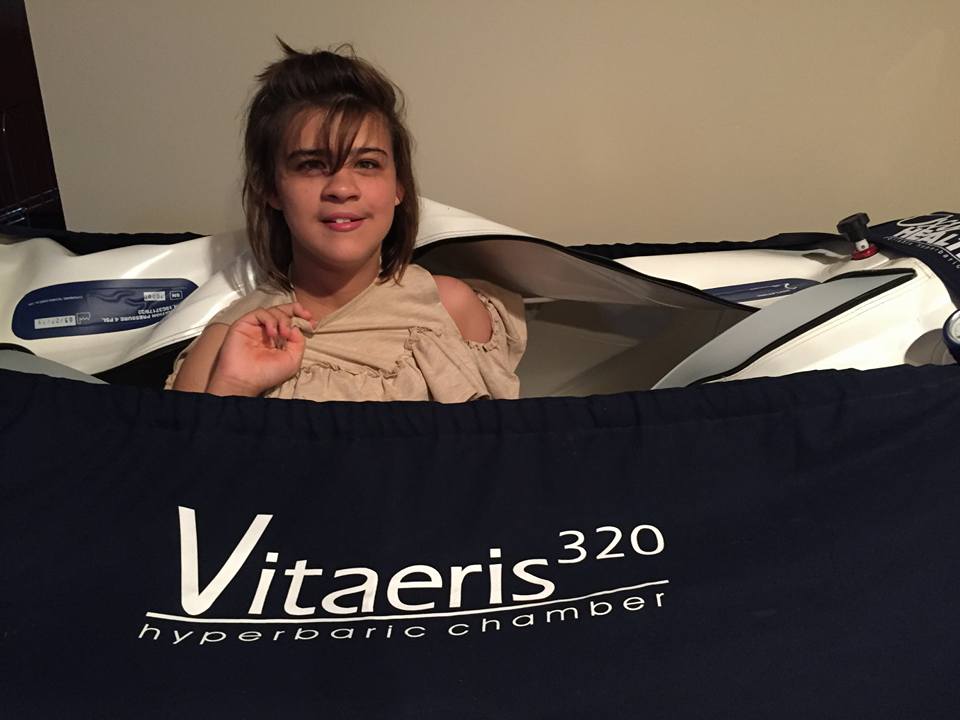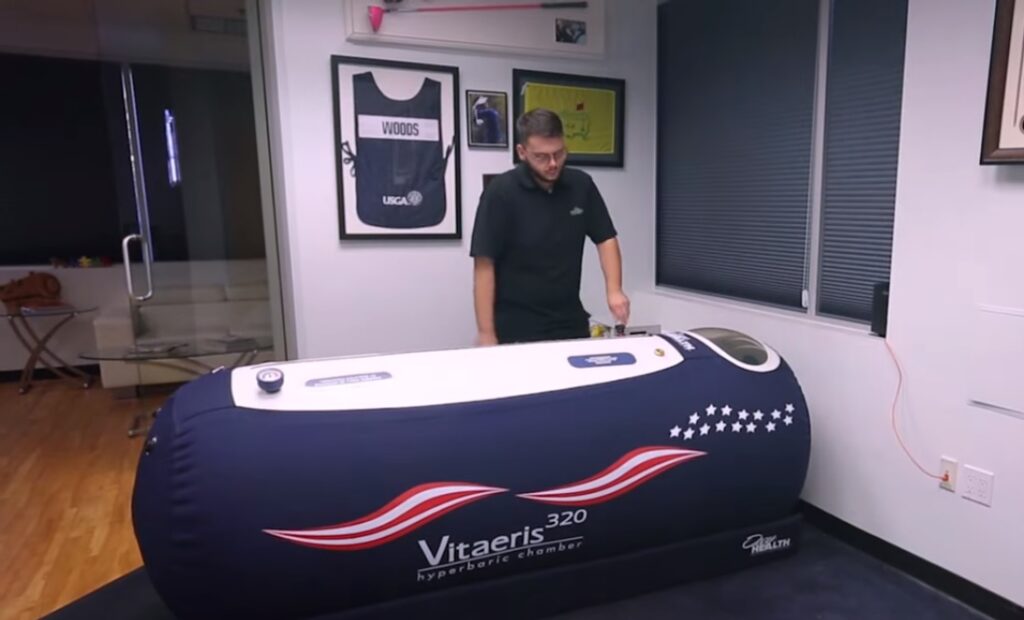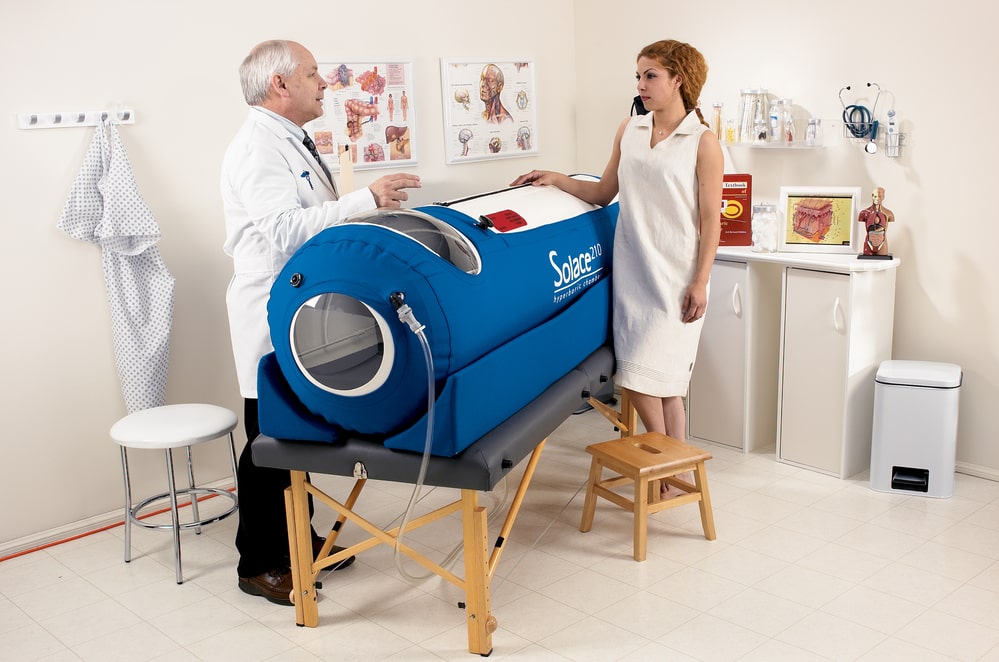Compared to monoplace HBOT chambers, a multiplace chamber for Hyperbaric Oxygen Therapy is designed to accommodate more than one patient during an ongoing period of therapy. Such chambers are designed to withstand high internal pressures, even those cases in which it is raised up to 6 ATA, as the higher the level of pressure, the better are the chances of health improvement and recovery.
The design, capacity and size of these chambers vary from facility to facility as every treatment center customizes the design according to the specific needs of the infirmary. These chambers have rectangular double-doors with entry locks to enable doctors and patients to enter or leave the chamber without disrupting the treatment.
Patients on gurneys and wheel chairs can easily enter these chambers as their floor is leveled to match with that of the room itself.

The patients are asked to wear hooded caps or oxygen masks while breathing in pure oxygen during the therapy session.
Pneumothorax, or a condition in which there is the accumulation of gas or air in the body’s pleural space(it separates the chest wall from the lung) leading to breathing difficulties can also be treated in a multiplace chamber without having to decompress it.
With technological advancements, multiplace HBOT chambers can implement disparate treatment protocols concurrently. Some centers also host complex multi-compartment systems wherein, each individual’s treatment protocols can be electronically managed by a central console and reviewed by the operatives.
Multiplace chambers, undoubtedly call for larger investments when compared to monoplace HBOT chambers. Therefore, some facilities hold chambers that can only accommodate two to three patients at a time, thereby saving on finances as well.
HBOT therapy has yielded positive results in patients suffering form autism, air embolism, multiple sclerosis, Alzheimer’s disease, diabetes and stroke. It is, however, up to the patient’s family and doctor to decide on the correct mode of treatment based on the resources available at hand.




